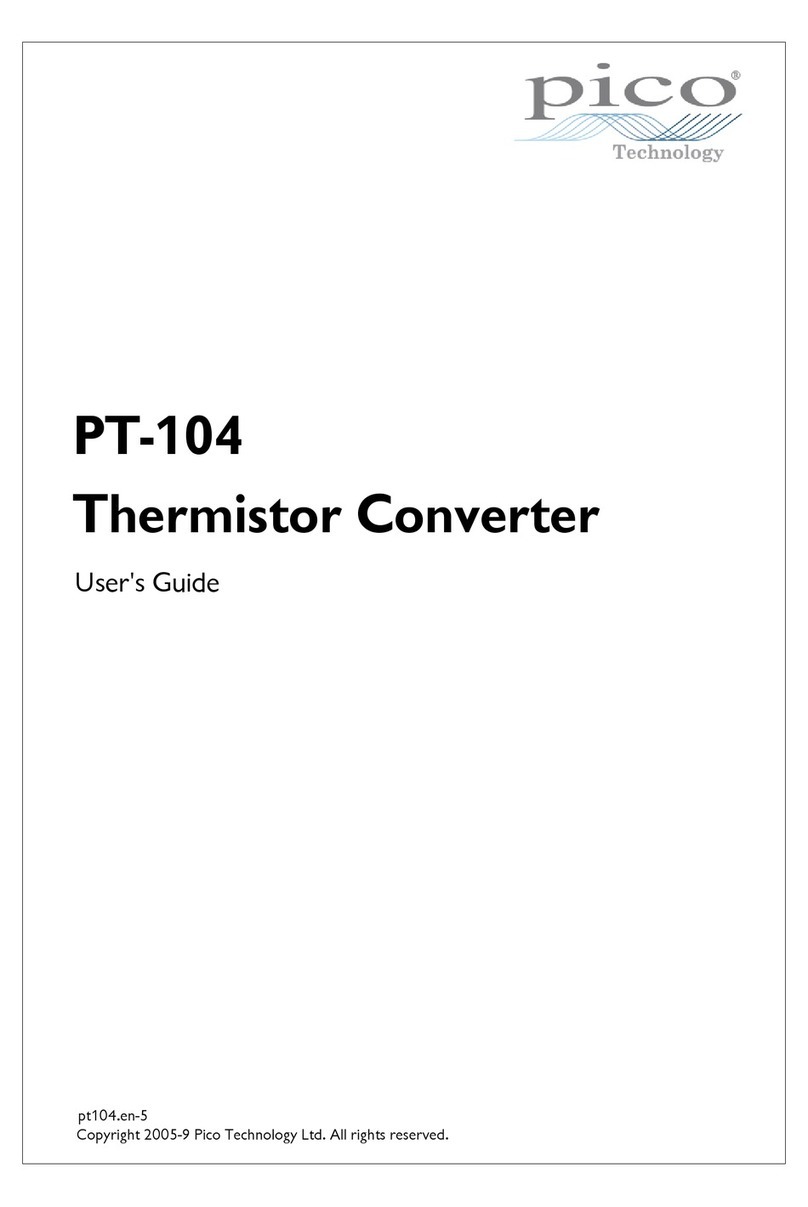Contents
.............................................................................................3
1 Introduction
...................................................................................................3
1 Overview
...................................................................................................4
2 Safety warning
...................................................................................................5
3 Legal information
.............................................................................................6
2 Product information
...................................................................................................6
1 Specifications
...................................................................................................6
2 Installing the driver
...................................................................................................7
3 Connection
...................................................................................................10
4 Background on PRTs
.............................................................................................12
3 Driver information
...................................................................................................12
1 Introduction
...................................................................................................13
2 pt104_open_unit
...................................................................................................13
3 pt104_close_unit
...................................................................................................13
4 pt104_poll_driver
...................................................................................................14
5 pt104_get_cycle
...................................................................................................15
6 pt104_set_channel
...................................................................................................15
7 pt104_set_mains
...................................................................................................16
8 pt104_get_value
...................................................................................................17
9 pt104_get_version
...................................................................................................17
10 pt104_get_unit_info
...................................................................................................17
11 pt104_get_driver_version
...................................................................................................18
12 pt104_labview
...................................................................................................18
13 Windows 95/98/ME/NT/2000/XP
...................................................................................................18
14 Linux
.............................................................................................19
4 Writing your own programs
...................................................................................................19
1 C / C++
...................................................................................................20
2 Delphi
...................................................................................................20
3 Excel
...................................................................................................20
4 LabVIEW
...................................................................................................21
5 Visual Basic
...................................................................................................21
6 Agilent-VEE
.............................................................................................22
5 Technical reference
...................................................................................................22
1 Serial port settings
...................................................................................................22
2 Serial port connections
...................................................................................................23
3 Protocol information
...................................................................................................25
4 Modem operation
...................................................................................................26
5 Lookup table
PT-104 Help
I
Copyright 2005 Pico Technology Limited. All rights reserved.
PT104-2




























